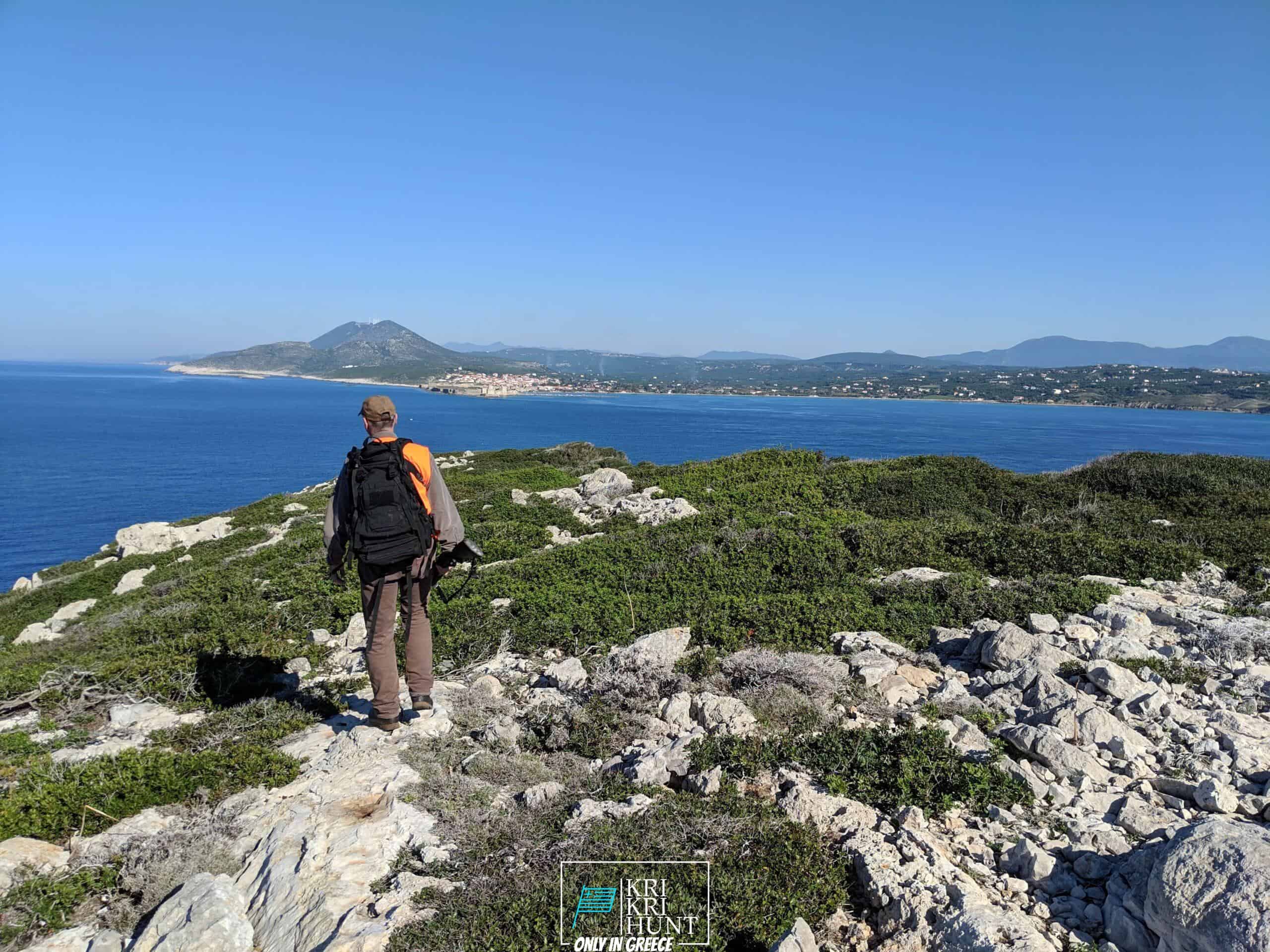
To many individuals, The Peloponnese peninsula on the Greek Mainland is the 'actual' Greece, where things have actually not transformed a lot whatsoever over the centuries despite the fact that lots of people have discovered it. This is an area where you can easily spend a month or more yet if you are short on schedule then our searching and also visiting Peloponnese Tours from Methoni is a great solution. The Peloponnese peninsula has something for every person with its various activities and destinations.

Greece is a gorgeous nation with lots of chances for travelers. There are spectacular coastlines, old ruins, and also delicious food to appreciate. In addition, there are numerous activities offered such as skiing, walking, and also biking. Greece is the best location for anyone looking for a getaway packed with journey and excitement.
What to Expect on a Peloponnese Tour? When you book one of our hunting as well as touring Peloponnese Tours from Methoni, you can expect to be surprised by the all-natural beauty of the location. From the immaculate coastlines to the woodlands and mountains, there is something for everyone to appreciate in the Peloponnese. Additionally, you will have the opportunity to taste a few of the most effective food that Greece has to offer. Greek cuisine is renowned for being fresh and also delicious, and you will certainly not be let down. One of the very best components regarding our scenic tours is that they are designed to be both fun and also educational. You will certainly discover Greek history and society while likewise getting to experience it firsthand. This is an impressive chance to submerse yourself in everything that Greece needs to supply.
Experience 'Real' Greece with Our Peloponnese Tours. If you're looking for an authentic Greek experience, look no more than our Peloponnese tours. From ancient damages as well as castles to delicious food and also wine, we'll show you every little thing that this incredible region needs to offer. So what are you waiting on? Reserve your trip today! Your Kri Kri ibex hunting in Greece is here!
What is the diference between Kri Kri ibex, Bezoar ibex and hybrid ibex
The kri-kri is not thought to be indigenous to Crete, most likely having been imported to the island during the time of the Minoan civilization. Nevertheless, it is found nowhere else and is therefore endemic to Crete. It was common throughout the Aegean but the peaks of the 8,000 ft (2,400 m) White Mountains of Western Crete are their last strongholds–particularly a series of almost vertical 3,000 ft (900 m) cliffs called ‘the Untrodden’—at the head of the Samaria Gorge. This mountain range, which hosts another 14 endemic animal species, is protected as a UNESCO Biosphere Reserve. In total, their range extends to the White Mountains, the Samaria National Forest and the islets of Dia, Thodorou, and Agii Pandes.
This Ibex is NOT a diminutive form of the Bezoar Ibex, which has migrated into the western-most reach of the range of this species. The kri – kri (Capra aegagrus cretica), sometimes called the Cretan goat, Agrimi, or Cretan Ibex, is a feral goat inhabiting the Eastern Mediterranean, previously considered a subspecies of wild goat. The kri-kri has a light brownish coat with a darker band around its neck. It has two horns that sweep back from the head. In the wild they are shy and avoid tourists, resting during the day. The animal can leap some distance or climb seemingly sheer cliffs.
“The agrimi goat Capra aegagrus cretica is unique to Crete and its offshore islands. It has been identi®ed as a sub-species of the wild bezoar goat Capra aegagrus aegagrus Erxleben, 1777, which it closely resembles in horn shape, body form and coloration. This classi®cation has been disputed by some researchers who claim that the agrimi are feral goats, derived from early domestic stock brought to the island by the ®rst Neolithic settlers. In order to clarify this issue, DNA analyses (cytochrome b and D loop sequences) were carried out on tissue of live and skeletonized agrimi and compared to sequences of wild and domestic caprines. Results conclusively show the agrimi to be a feral animal, that clades with domestic goats (Capra hircus) rather than with wild Asiatic bezoar. This study demonstrates that morphometric criteria do not necessarily re¯ect genetic af®nities, and that the taxonomic classi®cation of agrimi should be revised.”
 Edward Furlong Then & Now!
Edward Furlong Then & Now! Ralph Macchio Then & Now!
Ralph Macchio Then & Now! Tina Majorino Then & Now!
Tina Majorino Then & Now! Nicki Minaj Then & Now!
Nicki Minaj Then & Now! Nicholle Tom Then & Now!
Nicholle Tom Then & Now!